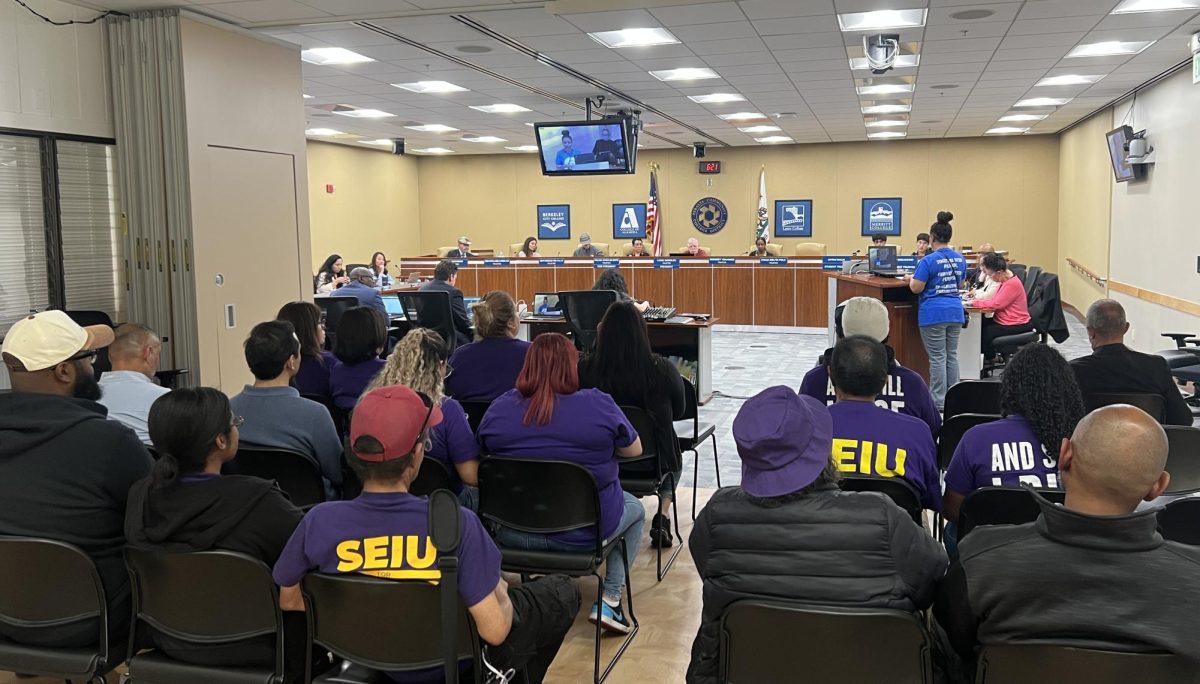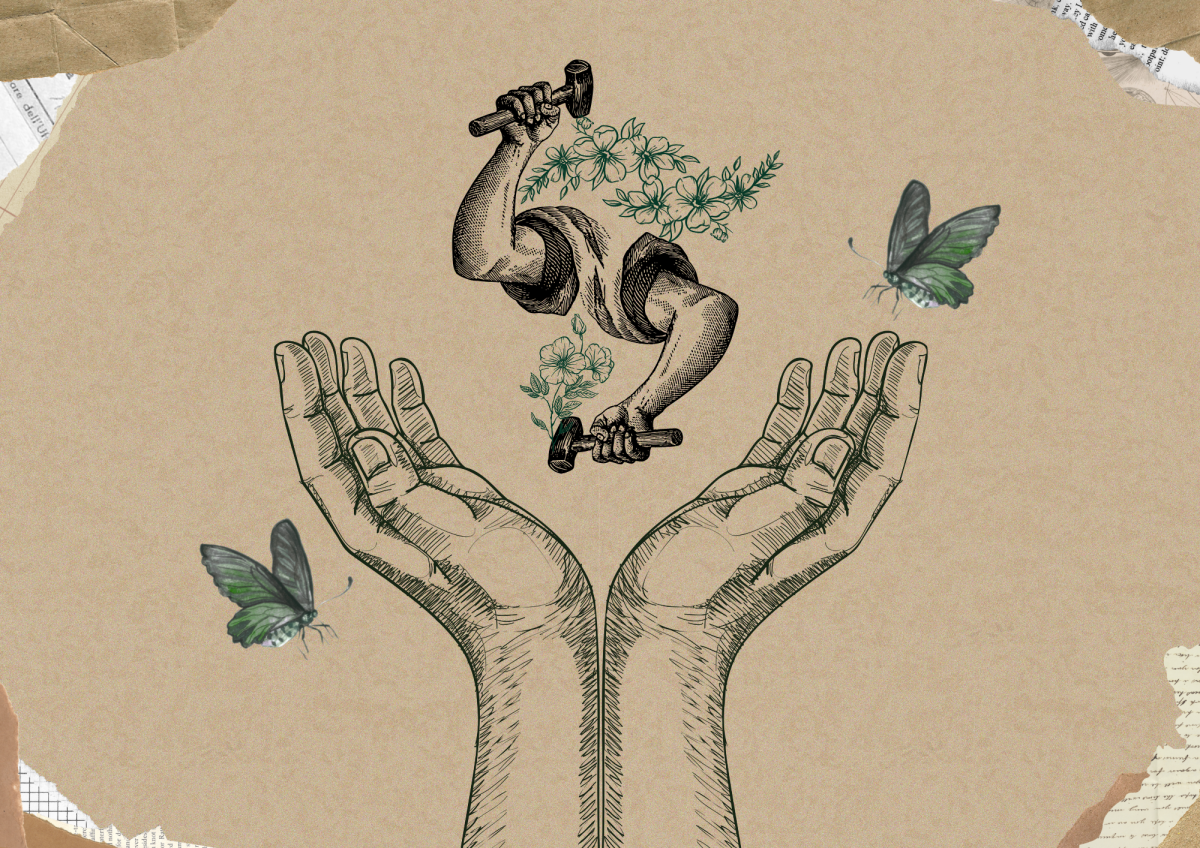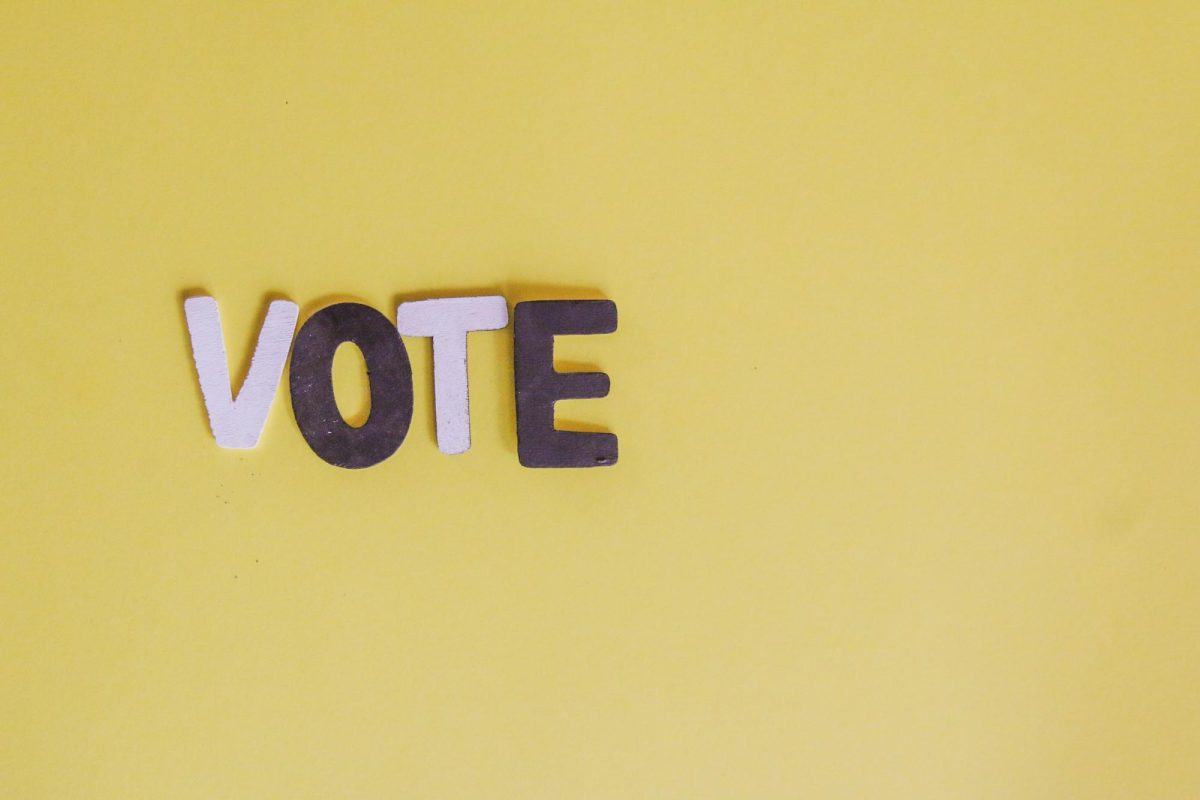by Saskia Hatvany
Walk into the Oakland Museum of California this month and you might find yourself mesmerized by this art installation. The Question Bridge is a platform for black men of all ages to ask questions and share thoughts about their experiences as black males in America.
The project was conceptualized by Chris Johnson, who in 1996 saw an urgency to stimulate a meaningful dialogue within the black male community.
The result is an immersive experience that is, at times, deeply emotional.
The room is dark and painted black. In the center stand five black pillars, each projected with a screen. The bridge goes something like this: first, one person asks a question looking into a camera, as if they are talking directly to another person. Screens appear and disappear on the walls creating a fleeting mosaic of faces and testimonies.
Johnson’s idea is that the Question Bridge reduces the stress of face-to-face conversations and makes people feel more comfortable with sharing emotional experiences.
In 2012, Question Bridge was launched as a documentary-style video art installation, but since then, it has expanded to include an interactive website and mobile app. Anyone can upload questions and answers to the database, thus creating a living archive of Black male voices.
Questions range from the curious to the controversial. One young man asks: “How come more of us don’t surf?” Another asks: “What do you really think about white women?”
When faced with the question “What is common to all of us?”, one man named Delroy Lindo answers, “We as black men are as complicated and diverse as every other person on the planet”.
He continues:
“The thing that we have in common is that we are male and we are black”.
The quote is also written on the wall facing the installation and serves as a reminder of what Question Bridge is all about: not just a juxtaposition of community and individuality, but a message that we share commonality in our differences.
The project not only acts as a safe space for black men to counsel and exchange with each other, but also as a learning experience for those of us who are not black and not male. It is an opportunity to listen to the black male experience, which today remains sorely misrepresented in mainstream media.
But Question Bridge is much more than a digital support group. Johnson’s statement on the website describes an attempt at redefining the Black male identity: “If we succeed in deconstructing stereotypes about arguably the most opaque and feared demographic in America, then the Question Bridge model can work to overcome limiting assumptions about any demographic.”
Question Bridge closes Feb. 25.
Saskia Hatvany is a Tower staff writer.

























